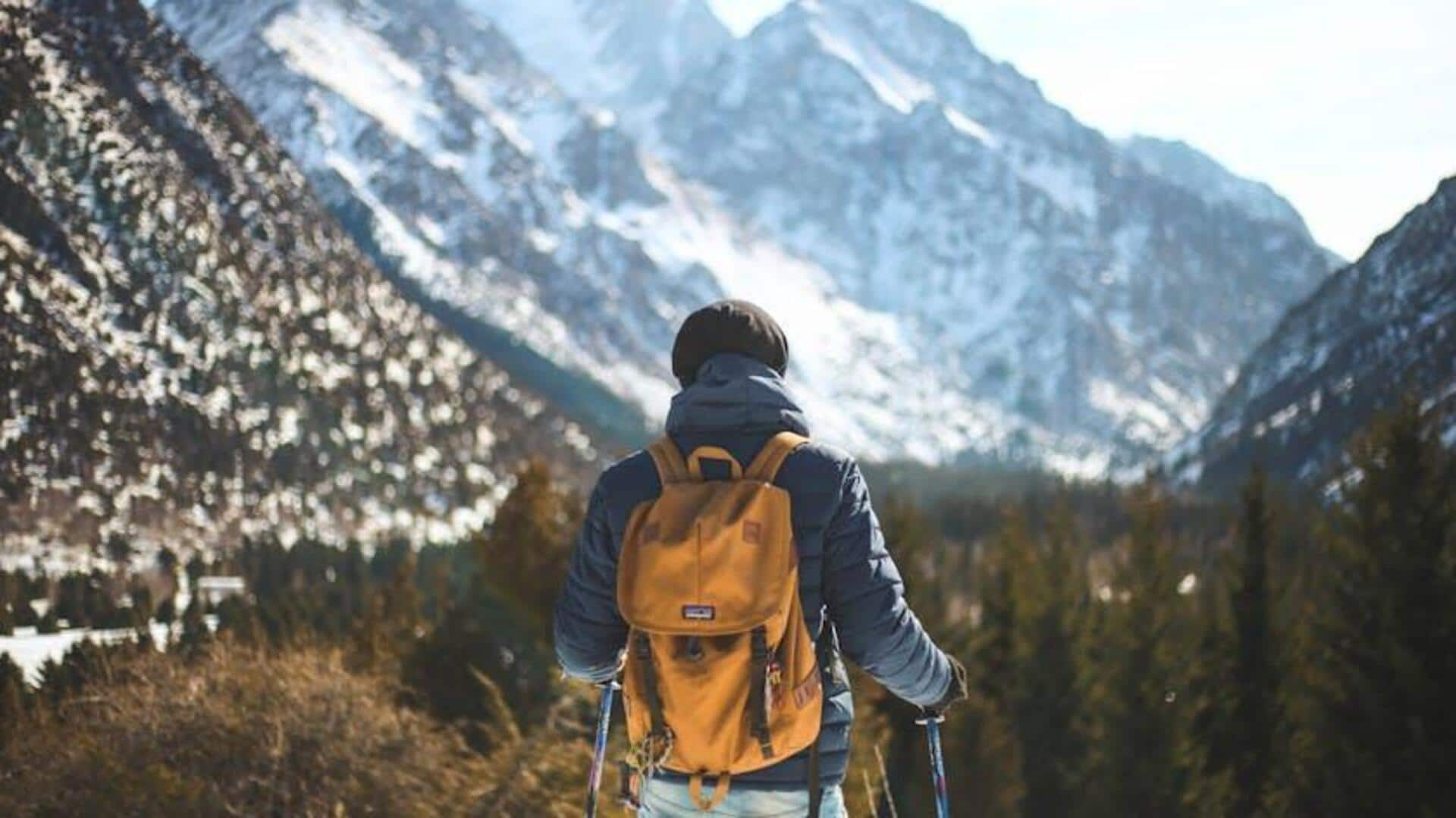
Alpine trekking: Tips, tricks, and must-knows
What's the story
Alpine trekking is a perfect way to explore Europe's majestic mountain ranges, while discovering hidden shelters that serve as a safe haven for trekkers. These shelters, often located in the middle of nowhere, provide basic amenities and an opportunity to soak in the natural beauty of the Alps. Whether you're a pro or a newbie, knowing about these shelters can make your trek safer and comfier.
Shelter basics
Understanding mountain shelters
Mountain shelters are strategically placed along popular trekking routes in the Alps. They provide resting points for trekkers, complete with essential facilities such as places to sleep and cook. Most shelters function on a first-come, first-served basis, so make sure to plan your trek accordingly. Some may even require reservations during peak seasons to ensure availability.
Gear checklist
Essential gear for alpine trekking
Proper gear is crucial for a successful alpine trek. Essentials include sturdy hiking boots, weather-appropriate clothing layers, and navigation tools like maps or GPS devices. A reliable backpack with a rain cover is a must to carry supplies like food, water, and emergency kits. Lightweight sleeping bags are recommended if you plan to stay overnight in mountain shelters.
Route planning
Navigating popular routes
Europe's Alps are home to plenty of trekking routes for trekkers with varying levels of expertise. The Tour du Mont Blanc is one of the most popular trails, covering a distance of around 170 kilometers across France, Italy, and Switzerland. The Haute Route from Chamonix to Zermatt is another favorite, covering roughly 180 kilometers over difficult terrain. Research trail conditions, difficulty levels for a safe journey.
Safety measures
Tips for staying safe on trails
Although safety should be your top concern when trekking in alpine regions, it's advisable to check weather forecasts before heading out. Weather conditions can change quickly at high altitudes, so it's best to be prepared. Also, inform someone about your trail and expected return time before leaving for your trek.